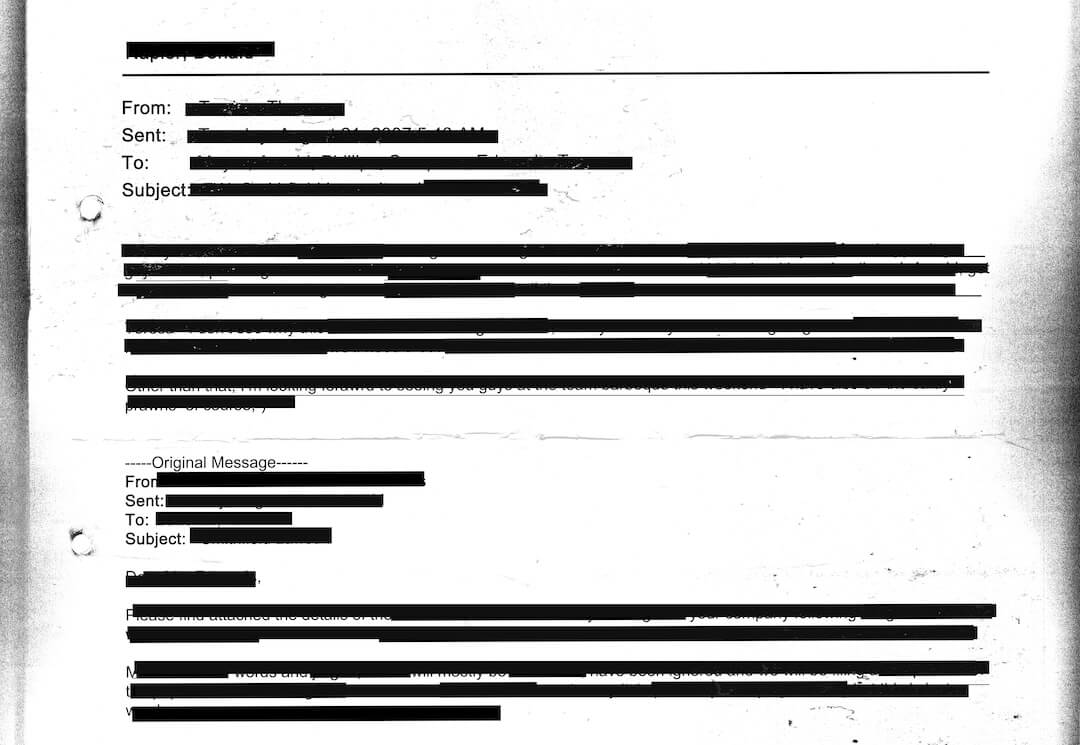SERVICES & TECH
- Feb. 8, 1996 — Photographers all around the world take part in the “24 Hours in Cyberspace” online project.
- Aug. 1996 — A report from CommerceNet and Nielsen Media Research announces that Internet access numbers in the U.S. and Canada are up by 50 percent from September 1995 to April 1996.
- Aug. 1996 — The Explorer 3.0 Web browser is released by Microsoft.
- Aug. 1996 — Netscape launches its Navigator 3.0 Web browser.
- The first personal digital assistant (PDA) to achieve popular success is introduced. Earlier PDAs, such as the British Psion Organiser or the Apple Newton were too complicated or expensive for consumers. However, in 1996 the Palm Pilot 1000 sparks interest in the handheld computer market.
- October-November 1996 — “The Yahoo! Time Capsule: One World. Many Voices.”
- November 1996 — The popularity of e-mail instant messaging increases when the Mirablis company introduces ICQ, a free instant messaging utility.
- The average modem can transfer data at 14,400 bps. (Within a year 28,800 bps will be the standard modem speed.)
- Nintendo releases its Nintendo 64 video game console.
- During the middle and late 1990s, software programs such as Macromedia Dreamweaver, Flash, and Adobe Acrobat are introduced. These programs, and others, like Director and its Shockwave player, help Web designers develop more sophisticated sites and applications.
- The Internet Archive is “founded to build an “Internet library,” with the purpose of offering permanent access for researchers, historians, and scholars to historical collections that exist in digital format.” The Archive receives data donations from Alexa Internet and others.Additional Resources
- “Internet Archive
Wayback Machine:
Web Pioneers.”
Internet Archive. - “Net Cafe TV Program.”
Videos from 1996-2002.
Internet Archive. | | THE MEDIA -
News Example: Feb. 8, 1996 —
After President Clinton signs the Telecommunications Act, a 48-hour protest is staged against a controversial section of the act that limits Internet access to minors. Bow-shaped blue ribbons are posted on Internet sites and many webmasters color their homepages black in protest against the Communications Decency Act. -
- “A Tour of Our Uncertain Future.”
CJR, March/April 1996. -
- Aug. 7, 1996 — America Online goes offline for 18 hours. Customers around the world are left without news, e-mail, and other services.
- “From Videotex to the Internet: Lessons from Online Services 1981-1996.”
La Trobe University, Aug. 1996. - News Example:
“Presidential Campaign.”
(Source: 1996 CJR article) -
Newspaper Web archives continue to grow. Beginning in 1969 with The New York Times Information Bank, newspapers across the country started saving their abstracts and stories in electronic database form. These archives were first used by database vendors, but now, in the middle 1990s, newspaper websites begin tapping into these database archives and start selling copies of old articles. - “News Attracks Most Internet Users.”
Pew Research Center, Dec. 16, 1996. -
A few examples of new media sites launched on the Web during 1996: (Source: E&P and Alexa) - The New York Times,
Jan. 1996 - El Tiempo,
(Bogota, Columbia),
Jan. 1996 - WRAL-TV, (Raleigh, NC)
Jan. 1996 - The Washington Times,
Jan. 1996 - Chicago Tribune,
March 1996 - Toronto Star,
March 1996 - Mail & Guardian,
(South Africa)
April 1996 - Los Angeles Times,
April 1996,
Service: Internet - Wall Street Journal,
April 29, 1996 - WCCO-TV,
(Minneapolis, MN)
April 1996 - El Pais, (Spain)
May 1996 - Christian Science
Monitor,
May 1996 - Miami Herald,
HeraldLink,
June 1996 - Washington Post, washingtonpost.com,
June 1996 - MSNBC, Microsoft
and NBC News,
July 15, 1996 - New York Daily News,
Oct. 1996 - South China Morning Post, (Hong Kong),
Dec. 1996 Awards - AJR NewsLink readers rated
the following websites the best in 1996: Statistics - According to The Media in Cyberspacesurvey, journalists used the following search engines in 1996:
|





